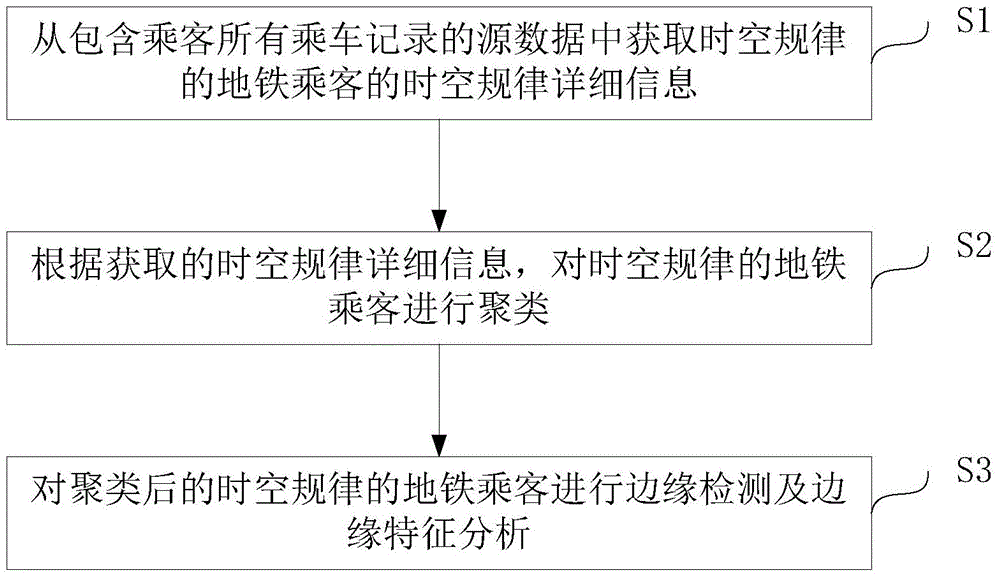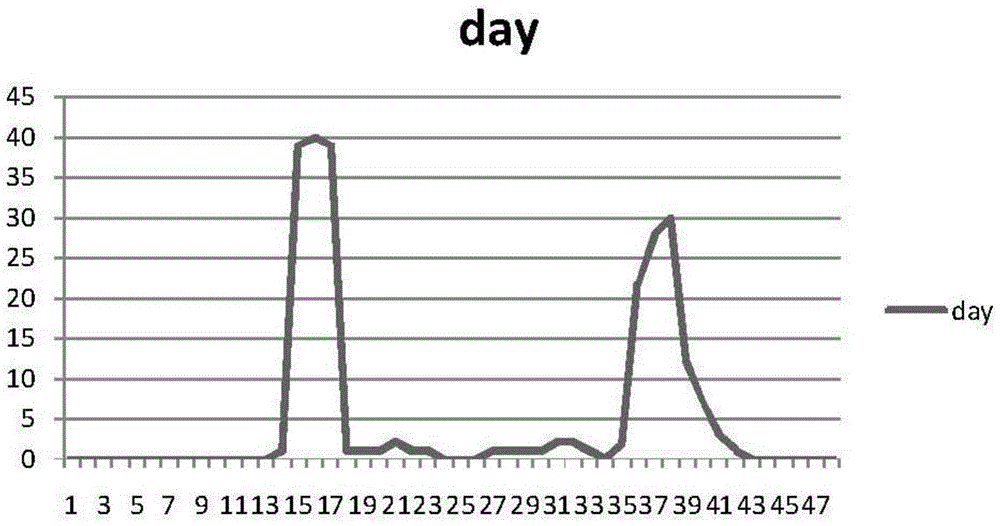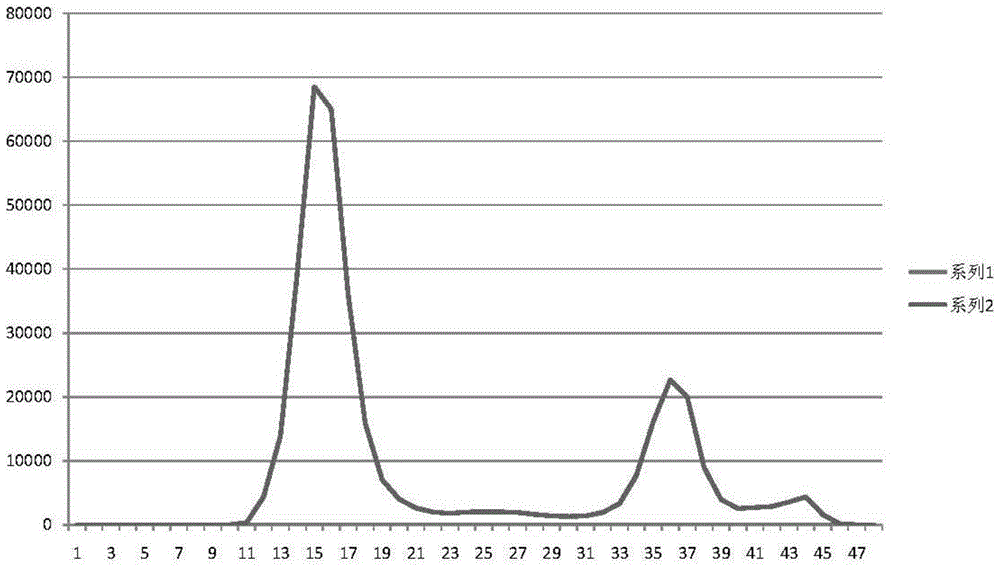A Spatio-temporal Regular Passenger Clustering and Edge Detection Method for Subway
A passenger and regular technology, applied in special data processing applications, instruments, electrical digital data processing, etc., can solve the problem of less passenger classification
- Summary
- Abstract
- Description
- Claims
- Application Information
AI Technical Summary
Problems solved by technology
Method used
Image
Examples
Embodiment Construction
[0076] The present invention will be described in further detail below in conjunction with the accompanying drawings and specific embodiments.
[0077] The present invention provides a space-time law subway passenger clustering and edge detection method, which is mainly aimed at passengers with time-space law, that is, passengers with relatively regular travel time and travel locations, such as commuters and students with relatively fixed working hours and work locations. . Spatio-temporal regular subway passenger clustering classifies the spatio-temporal regular passengers with similar characteristics, and the edge detection here is mainly aimed at the category with a relatively small number of passengers. The method provided by the present invention is based on the classification of passengers. When classifying passengers, the passengers are finally divided into 5 categories by analyzing the spatio-temporal characteristics of passengers: Class 1 (passengers who rarely travel...
PUM
 Login to View More
Login to View More Abstract
Description
Claims
Application Information
 Login to View More
Login to View More - R&D
- Intellectual Property
- Life Sciences
- Materials
- Tech Scout
- Unparalleled Data Quality
- Higher Quality Content
- 60% Fewer Hallucinations
Browse by: Latest US Patents, China's latest patents, Technical Efficacy Thesaurus, Application Domain, Technology Topic, Popular Technical Reports.
© 2025 PatSnap. All rights reserved.Legal|Privacy policy|Modern Slavery Act Transparency Statement|Sitemap|About US| Contact US: help@patsnap.com



